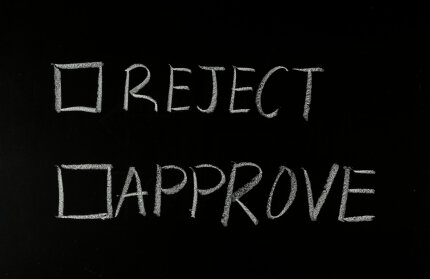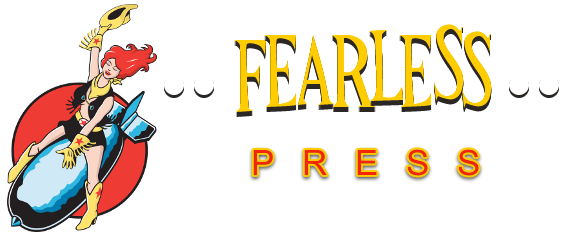 Many years ago, as a bright-eyed and optimistic undergraduate college student, I attempted to join my university’s LBGTQ (Lesbian, Bisexual, Gay, Transgendered, and Queer) organization. Notice I said “attempted,” not succeeded in joining. After a fairly lengthy conversation about sexual orientation, gender identification, and personal politics, the president of said organization very nicely told me such an organization wasn’t for me. After all, the group was designed to be a safe and inclusive space for the people represented by the letters in the LBGTQ acronym and I clearly wasn’t “part of this group” in his estimation. He politely thanked me for my interest, denied my request to join the organization, and recommended that I contact another organization on campus, Straight, But Not Narrow, that would be “more in line with [my] identity.”
Many years ago, as a bright-eyed and optimistic undergraduate college student, I attempted to join my university’s LBGTQ (Lesbian, Bisexual, Gay, Transgendered, and Queer) organization. Notice I said “attempted,” not succeeded in joining. After a fairly lengthy conversation about sexual orientation, gender identification, and personal politics, the president of said organization very nicely told me such an organization wasn’t for me. After all, the group was designed to be a safe and inclusive space for the people represented by the letters in the LBGTQ acronym and I clearly wasn’t “part of this group” in his estimation. He politely thanked me for my interest, denied my request to join the organization, and recommended that I contact another organization on campus, Straight, But Not Narrow, that would be “more in line with [my] identity.”
Now while I could rant about how unfair the whole situation was or the danger of allowing one individual the power to act as gatekeeper and deem who is and is not acceptable, I won’t. That minor rejection spurred me on to learning more about myself, the notion of queer identity, and the pleasures and pains for being able to “pass.” In hindsight, my disappointment was less about the rejection and more due to what amounted to a misunderstanding of terminology. I was attempting to join what I saw as my peer group based on my understanding of and association with queer identity. A problem arose when the group’s president failed to recognize my personal version of queerness and instead deemed me what I appeared to be in his eyes – a heterosexual, gender normative, non-queer woman.
Although the term “queer” has become more popular and arguably more accepted in mainstream society, the concept of queerness itself is still a murky one. The fluidity of queerness has been a hot topic of debate within academia, the media, and out on the streets. The same few questions seem to emerge again and again – What is queer? Who is queer? Who has the right to define queerness?
As Alexander Doty noted in his seminal work, Making Things Perfectly Queer, queerness is “an attitude, a way of responding, that begins in a place not concerned with, or limited by, notions of a binary opposition of male and female or the homo versus hetero paradigm usually articulated as an extension of this gender binarism.” In reality, queerness can only be defined by what is not; it is not the norm. In short, queerness is any state of being that falls outside the boundaries of society’s accepted norm.
No matter how “normal” one may seem on the surface, that doesn’t preclude being queer. While it is easy to see gay, lesbian, bisexual, and transgendered individuals as queer since at least one aspect of their lifestyle is deemed “alternative,” there are many queers that can and do remain “off the radar” either by choice or simply due to others’ failure to recognize the ways in which they defy the norm. Anyone who has ever identified as kinky, polyamorous, or heteroflexible could claim the queer label, as well as those that hold unusual views on gender, sexuality, race, politics, and religion.
You may be wondering, with such a broad definition of queerness, how do we decide who is and who isn’t. The answer is simple. We don’t, each individual chooses their own label. It’s not for any one individual or group to decide who can and cannot wear the queer label, but for the queer community to welcome all those that choose to accept and proudly proclaim their queerness. There is strength in numbers and allies should always be embraced into the fold. After all, we’re living in the Postmodern age and looks can be deceiving, that cute, normal looking chick just may turn out to be one of the queerest, kinkiest, most outspoken community participants you ever meet.
Originally posted February 28, 2011
